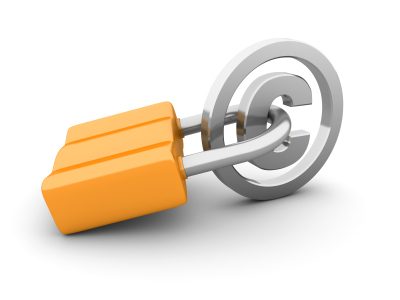Most customers who send us tape to digitise own the copyright of their recording: it is material they have created themselves, be it music, spoken word or film.
Occasionally customers are not so sure if they own the full copyright to their recordings. This is because a single piece of work can have multiple copyright holders.
For example, films and songs can have many different contributors, such as the person who made the recording, the songwriter and performers. There are performing rights royalties which are paid to a songwriter, composer or publisher whenever their music is played or performed in any public space or place; mechanical rights royalties which are paid to the songwriter, composer or publisher when music is reproduced as a physical product or for broadcast or online, and performers rights royalties which are paid to the people performing on the record. It can seem like a bit of a minefield, and you do have to be really careful, particularly if want to re-publish the works in a commercial context.

A collection of tapes that include original recordings made by the customer
The simple truth is, if you do not have full permission of all copyright holders, you would break the law if you digitised a tape and re-published it commercially.
Copyright, Intellectual Property and Digital Preservation is a tricky area to negotiate. Currently ‘there is still no exception in UK law for preservation copying. For materials which are still in copyright, permissions should be sought from copyright holders prior to any copying being done. This area is under consideration though with museums, libraries and archives lobbying for change’ (Jisc Digital Media).
What this means basically is that archives, libraries and museums are effectively restricted in how much material they can legally preserve in digital form. Andrew Charlesworth explains in a very useful report for the Digital Preservation Coalition on ‘Intellectual Property Rights for Digital Preservation’ (2012)
‘In “Chapter III: Acts permitted in relation to copyright works”, the Copyright Designs and Patents Act 1988 provides for a series of permissible activities that would otherwise be barred for breach of a rights holder’s exclusive rights. These include the “fair dealing provisions” which, for example, state that making transient copies is an integral and essential part of certain technological processes (s.28), and using all or part of a copyright work for non-commercial research or private study (s.29), criticism or review, or reporting current events (s.30), do not constitute infringements’ (11).
Clearly copyright law as it stands places immense restrictions in a digital environment where copying and sharing all kinds of things is pretty much the norm. What are the arguments then for changing copyright laws? In Imagine there is no copyright and cultural conglomerates too by Joost Smiers and Marieke Van Schinjdel, published by the Institute of Network Cultures‘ Theory on Demand series, they argue that removing copyright from cultural products will ensure that ‘our past and present heritage of cultural expression, our public domain of artistic creativity and knowledge will no longer be privatised’ (6).
Making cultural heritage publicly available is an argument for transforming current copyright laws across the range of political positions. While Smiers and Van Schinjdel interpret privatisation embedded in copyright law as linked to commercial power, the implicit argument in the DPC report is that opening up current restrictions can only be good for business. In this particular domain we see how the value of archival information has shifted in the digital landscape, so that it is increasingly seen as a resource through which money can be made.

The digital information revolution has required all sectors of society to change how they relate to, use, record, save and consume information. While we have all become, to a lesser or more degree, record keepers, this brief survey of copyright law may help us appreciate the challenges professional archivists face in negotiating this complex area. After all, ‘life would be much simpler for archivists if the law relating to the preservation of copyright works in general, and digital works in particular, was both clarified and, where necessary, extended to permit more robust strategies for collection, preservation and reuse of copyright works’ (5).

